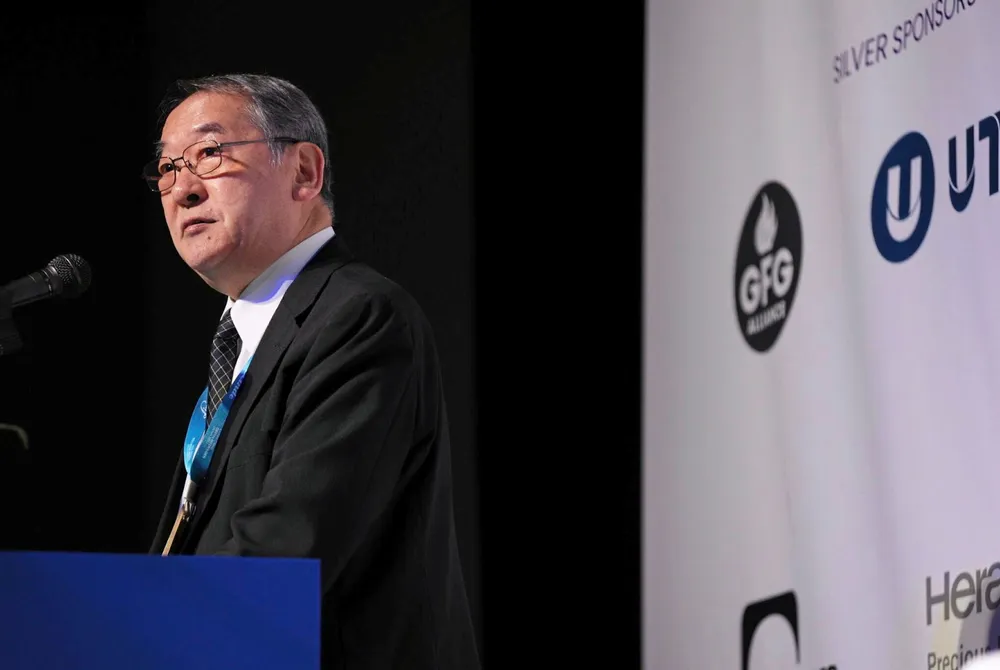'Clean hydrogen is the most economic decarbonisation option for Japan — but how can we import it?'
Despite government-backed pilots exploring liquid hydrogen, ammonia and methylcyclohexane as H2 carriers, industry remains split on which will be most cost-effective option
